Need for scrap tyre disposal policy
- By Rahul Shringarpure
- February 22, 2021

The year 2020 has been a year like no other. The pandemic has brought everyone on the same platform. We all have been a mute witness to the rage of Nature and the apocalypse it can create. The question which persists in my mind is ‘Have we really learnt any lessons from the same?’ Are we going to treat Mother Earth better and build a sustainable planet for our future generation?
On a brighter note, most economies are showing signs of phenomenal recovery. The automobile sector looks to be one of the biggest beneficiaries. Vehicular traffic on the road and the number of new vehicle registrations are a big indicator of the same. In fact, an Indian two-wheeler manufacturer broke its own export record in December 2020. Our belief has proved true again. The human race has endured many such pandemics throughout the years of evolution and evolved better, stronger, smarter.
Processing ELTs
Indogreen Enviro has been involved in the process of ELTs (End of life Tyres) for about a decade.
We have been witnessing the growth of the tyre recycling industry. From the 1970-2000, the majority of organised ELT recycling was about making ‘Devulcanised rubber reclaim sheets.’ These sheets are used in a wide range of applications like tyre re-treads, bicycle tyres, conveyor belts, rubber compounds to name a few.
From 2000 onwards the market started changing due to the introduction of radial tyres. The radial tyres had high tensile steel in them and now could not be grinded directly like the nylon tyres. They need new technology Shredders, Raspers, Granulators to make it ready for grinding. This decade saw many high technology shredding and granulation plants coming up across the country. This included India’s largest and fully automated 100 Mt/annum plant till date Vapi, Gujarat. These granulation plants created a new market for ELT granules-based playground tiles and mats. The CRMB(Crumb Rubber Modified Bitumen) also gained acceptance in large national road construction projects.
 Batch type pyrolysis plants
Batch type pyrolysis plants
From 2005 onwards, there was a new tyre recycling technology introduced to the Indian market - ‘Batch type pyrolysis plants.’ These plants were initially imported from China. Though profitable, they were extremely unstable, environmentally non-compliant and unsafe for operation. Due to their profitability ,By the year 2019,India had more than 1000 batch type-pyrolysis plants installed. The combined tyre requirement per day for these plants was about 10,000 Mt/day. That would mean a requirement of 10,00,000 passenger car tyres every day, to give a perspective. This monster had a huge appetite that could not be met with tyres from India. So these pyrolysis companies started looking for imported tyres with a perpetual supply possibility from round the globe.
There was only one challenge. The pyrolysis plants are not allowed to import tyres. The shredding companies were allowed to import with a license from DGFT. The batch type pyrolysis companies started buying container loads of tyres from the shredding companies. India started importing about 900,000 MT annually making it the largest importer of ELT in the world until July 2019.The Public Interest Litigation filed against the ‘Batch type pyrolysis plants’ put the brakes on these transactions. The government was forced to take cognisance of the humungous nature of the impending matter at hand.
This is the India story, but could be a similar story for any country from Asia where the Scrap Tyre disposal policy is not yet framed or implemented. I am taking the stance of the agitator than just being a mute spectator. There is so much that can be done than what is being done today.

Scrap tyre disposal policy
There is a strong buzz about ‘Circular Economy’ in Europe and the US. Large tyre companies and chemical giants are investing in various tyre technologies to bring the derivatives from the tyres to be reused in manufacturing new tyres. In India, we don’t even have a national scrap tyre disposal policy. Most local tyre companies are still waiting for an ‘EPR’ to start thinking of sustainable disposal.
In fact, we as a country need ‘Circular economy.’ The responsibly recycled ELT can create high quality reclaim rubber, High calorific value oil with possibility on further hydro treatment to distil commercial grade diesel & petrol, commercial grade carbon black for manufacturing pigments, etc, liberated fibre to make thermoplastics, liberated gases that can be further processed, this can go on and on. There is so much of interest from large companies to set up plants to process this waste but they hesitate because of the lack of a government framework to support the huge capital investment required.
Despite all odds, some companies from India have done some amazing work in developing innovative ELT recycling technologies. A fine example would be Radhe Renewable Energy Development Ltd, Rajkot. They conceived, developed and now operate the ‘World Largest 100 MT Per Day Single Reactor Continuous Pyrolysis Plant ‘ for the last 8 years in Bhilwara, Rajasthan. No other company from around the globe can boast of this feat.In fact some of the large global giants who were looking for a commercial scale large continuous plant could not believe that such a plant and technology existed, that too from a non-descript town from India. This company now supplies ASTM grade Carbon Black and High Calorie fuel to Indian tyre industry beginning the ‘Circular Economy.’

 Another interesting Company is Hotfut Sports, an award-winning sports infrastructure development and management company that has been one of the largest consumers of turf technology and synthetic turf products across its various formats. These products have a primary infill requirement of SBR rubber. HotFut has consciously been adapting its procurement process to ensure all SBR and infill / shock-pad requirements are sourced responsibly using recycled ELT’s / rubber scrap making all their facilities more environmentally friendly. They have structured solutions for forward thinking tyre companies wanting to pro-actively process their ELT with a win -win proposition. Many major tyre companies have found their solution very sustainable as well as profitable.
Another interesting Company is Hotfut Sports, an award-winning sports infrastructure development and management company that has been one of the largest consumers of turf technology and synthetic turf products across its various formats. These products have a primary infill requirement of SBR rubber. HotFut has consciously been adapting its procurement process to ensure all SBR and infill / shock-pad requirements are sourced responsibly using recycled ELT’s / rubber scrap making all their facilities more environmentally friendly. They have structured solutions for forward thinking tyre companies wanting to pro-actively process their ELT with a win -win proposition. Many major tyre companies have found their solution very sustainable as well as profitable.
Last year, Internet was abuzz about this start up ‘Blink Green’ from Pune, India. They used ELT for making attractive ladies’ footwear and purses. They have found the utility of this wonderful waste and now is utilising her designing skill and the expertise of the cobble community to churn out beautiful, durable items for the domestic and global market.
These kinds of stories are emerging from all across the continent Imagine the power of scalability of these kind of products with the right kind of financial and marketing support.
I look forward to the day (soon) when we have the ‘Scrap tyre disposal policy’ is finally rolled out and the top tyre companies wait for the EPR policy is over. With a sizeable contribution coming out of their respective CSR budgets and ATMA’s able guidance, a national body to look at new & innovative sustainable disposal practices for ELT could be established. This would be a giant first step taken in the Asian subcontinent towards sustainable recycling of this incredible waste and thus setting a precedence for other countries to follow.
Global Natural Rubber Market Tightens Amid Improved Demand, ANRPC Reports
- By TT News
- November 07, 2025
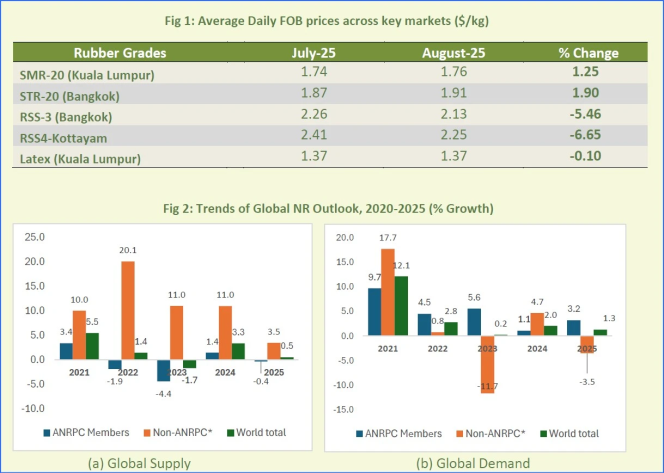
The global natural rubber (NR) market experienced fluctuating prices in August 2025 as supply constraints coincided with signs of improving demand, the Association of Natural Rubber Producing Countries (ANRPC) said in its latest Monthly NR Statistical Report.
The association noted that seasonal factors supported stronger consumption, particularly in China, where declining port inventories signalled healthier demand. However, heavy rainfall and labour shortages in key producing regions curtailed tapping activities, tightening supply conditions.
“Natural rubber prices experienced a fluctuating trend due to several factors, including constrained supply and improving demand,” ANRPC said. “Seasonal factors boosted consumption, particularly in China, where inventory reductions at major ports indicated improved demand. However, rainfall and labour shortages in producing regions limited tapping activities, tightening supply.”
According to updated data from member countries, global natural rubber production is projected to increase by 0.5 percent in 2025 compared with 2024, while demand is expected to grow by 1.3 percent over the same period.
The association said market sentiment had turned “increasingly optimistic” with stronger purchasing interest, driven by the traditional peak season for natural rubber, especially from the all-steel tyre and heavy-duty truck segments.
The ANRPC encouraged subscribers and stakeholders seeking more in-depth insights to refer to the full report or contact the ANRPC Secretariat for subscription details.
India Opens Anti-dumping Probe Into Halobutyl Rubber Imports From China, Singapore And US
- By Sharad Matade
- November 06, 2025
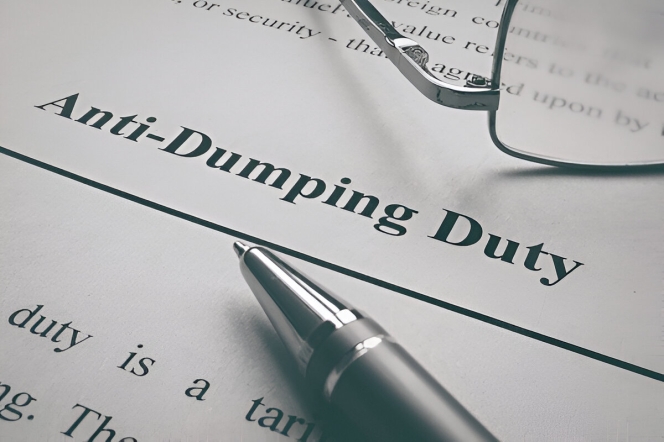
India has launched an anti-dumping investigation into imports of Halo-Isobutene-Isoprene Rubber (HIIR) from China, Singapore and the United States, following a complaint from Reliance Sibur Elastomers Private Limited, the Directorate General of Trade Remedies (DGTR) said in a notification.
The domestic producer alleged that the three countries were exporting the rubber to India at unfairly low prices, causing injury to the local industry. The company has sought the imposition of anti-dumping duties on the product, which is used in tyre inner liners, hoses, seals, tank linings, conveyor belts and protective clothing.
The DGTR said there was prima facie evidence that imports had risen “significantly” and were being sold below normal value, resulting in price depression and affecting the domestic manufacturer’s capacity utilisation and profitability. The authority noted that the dumping “is causing material injury to the domestic industry”.
The investigation will cover the period from July 2024 to June 2025, with an examination of injury trends dating back to April 2021.
HIIR, also known as halobutyl rubber, is classified under the broader synthetic rubber tariff category. Reliance Sibur Elastomers is currently the only producer of the material within India.
If the investigation confirms dumping and injury, the DGTR may recommend the imposition of duties to offset the impact and “remove the injury to the domestic industry”. Interested parties have 30 days to submit data and make their representations to the authority.
Global Carbon Black Market To Hit USD 44.8 Bln By 2034, Driven By Tyre And Autom Demand
- By TT News
- November 06, 2025

The global carbon black market is projected to grow from USD 27.88 billion in 2024 to USD 44.77 billion by 2034, expanding at a compound annual growth rate (CAGR) of 4.85 percent between 2025 and 2034, according to a new report by Towards Chemical and Materials, a research arm of Precedence Research.
The study estimates that the global market volume will rise from around 15.15 million tonnes in 2025 to 21.83 million tonnes by 2034, growing at a CAGR of 4.14 percent, driven primarily by increasing demand for tyres, automotive components and high-performance plastics.
Carbon black – a fine black powder made through the incomplete combustion of hydrocarbons – is a critical material used to reinforce rubber in tyre production and enhance strength, durability and UV resistance in plastics, coatings, and batteries.
Asia Pacific accounted for about 58 percent of global market share in 2024 and is expected to remain the largest and fastest-growing regional market, supported by expanding tyre and rubber manufacturing bases in China, India and Southeast Asia. The region’s carbon black market was valued at USD 16.95 billion in 2025 and is projected to reach USD 26 billion by 2034.
“The Asia Pacific region continues to lead both in production and consumption of carbon black, owing to its strong automotive, tyre and plastics industries,” the report noted, adding that China remains the world’s largest producer and consumer.
The furnace black segment dominated the market in 2024, accounting for about 60 percent of global industry share, due to its superior reinforcing properties in tyres and versatility in plastics and coatings. Meanwhile, the tyres and rubber products segment held a 55 percent share, reflecting the material’s indispensable role in the automotive sector.
Performance applications such as batteries, conductive polymers, and specialty coatings are emerging as key growth drivers. Demand for specialty carbon black and conductive grades is rising with the proliferation of electric vehicles, renewable energy systems, and electronics manufacturing.
Artificial intelligence (AI) is also shaping the carbon black industry, with automation and predictive analytics enhancing process efficiency, product consistency, and sustainability, the report said. AI-driven systems are enabling real-time monitoring and predictive maintenance in production plants, reducing waste and energy consumption.
Sustainability remains a key trend, with manufacturers investing in greener technologies, renewable feedstocks and recovered carbon black (rCB) from recycled tyres to meet circular economy goals. “Turning end-of-life tyres and rubber waste into recycled carbon black is opening new sustainable pathways for producers,” the study noted.
Among key players profiled in the report are Tokai Carbon Co., Ltd., Continental Carbon, Jiangsu C-Chem Co., Ltd., Himadri Speciality Chemical Ltd., Sid Richardson Carbon & Energy Company, Cancarb Limited, Philips Carbon Black Ltd., OCI Company Ltd., Columbian Chemicals Co. (Birla Carbon), Aditya Birla Group, and Raven SR, LLC.
Recent industry developments include PCBL Chemical Ltd.’s establishment of a wholly owned US subsidiary in Delaware in July 2025 to enhance supply chain localisation and strengthen its North American footprint, as well as the West Bengal government’s efforts to attract foreign investment in its carbon black industry to support the electric vehicle, tyre, and battery markets.
The report also forecasts rapid growth in North America, fuelled by clean manufacturing practices, sustainable process adoption and expansion in high-performance plastics and battery applications. Europe, meanwhile, is benefiting from stricter environmental regulations and the EU Green Deal, which are promoting eco-friendly and specialty grades.
The global carbon black market is expected to maintain steady long-term growth as manufacturers diversify into advanced applications and invest in sustainable production technologies to meet evolving industrial and environmental demands.
Kraton To Streamline Berre Polymer Operations Focus
- By TT News
- October 26, 2025
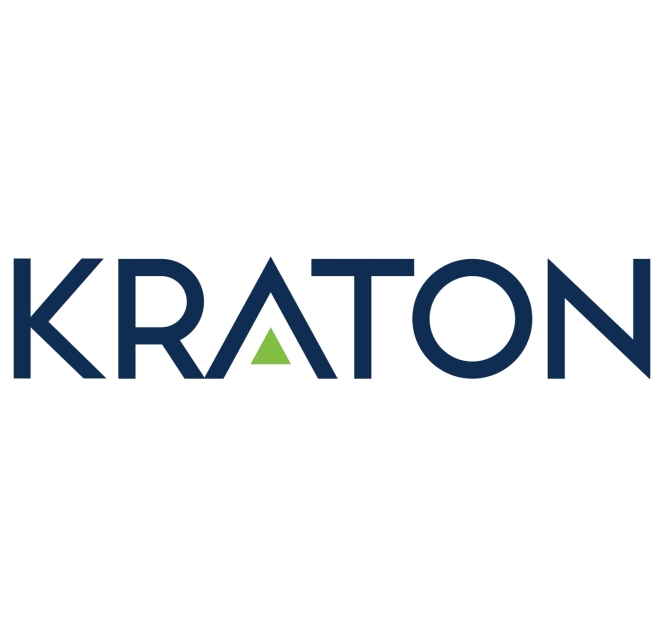
Kraton Corporation, a leading global producer of speciality polymers and high-value biobased products derived from pine chemicals, has revealed a new strategic initiative for its Berre, France facility. The plan involves streamlining its polymer operations to concentrate exclusively on manufacturing USBC products, which will result in the cessation of HSBC production at that site.
This move is designed to bolster Kraton's long-term competitiveness by optimising its manufacturing footprint in reaction to a global overcapacity for HSBC. The company has formally started an information and consultation process with the local Works Councils, with a final decision expected following this mandatory period. The company has reaffirmed its commitment to supplying HSBC from its broader global network and to leveraging its worldwide presence to continue adapting to market demands.
Prakash Kolluri, President, Kraton Polymers, said, “Our aim with this plan is to strengthen Kraton’s long-term competitive position by optimising our manufacturing footprint in response to changing market dynamics associated with global overcapacity of HSBC production capability. With this step, we are preparing Kraton for a sustainable future by securing Kraton’s position as the leading global HSBC producer. Kraton is fully committed to supporting our customers through this transition with supply of HSBC products produced within our unmatched global manufacturing network. We recognise the impact of these actions, and are committed to a safe, respectful and supportive transition. The health, safety and well-being of the employees remain our top priorities.”


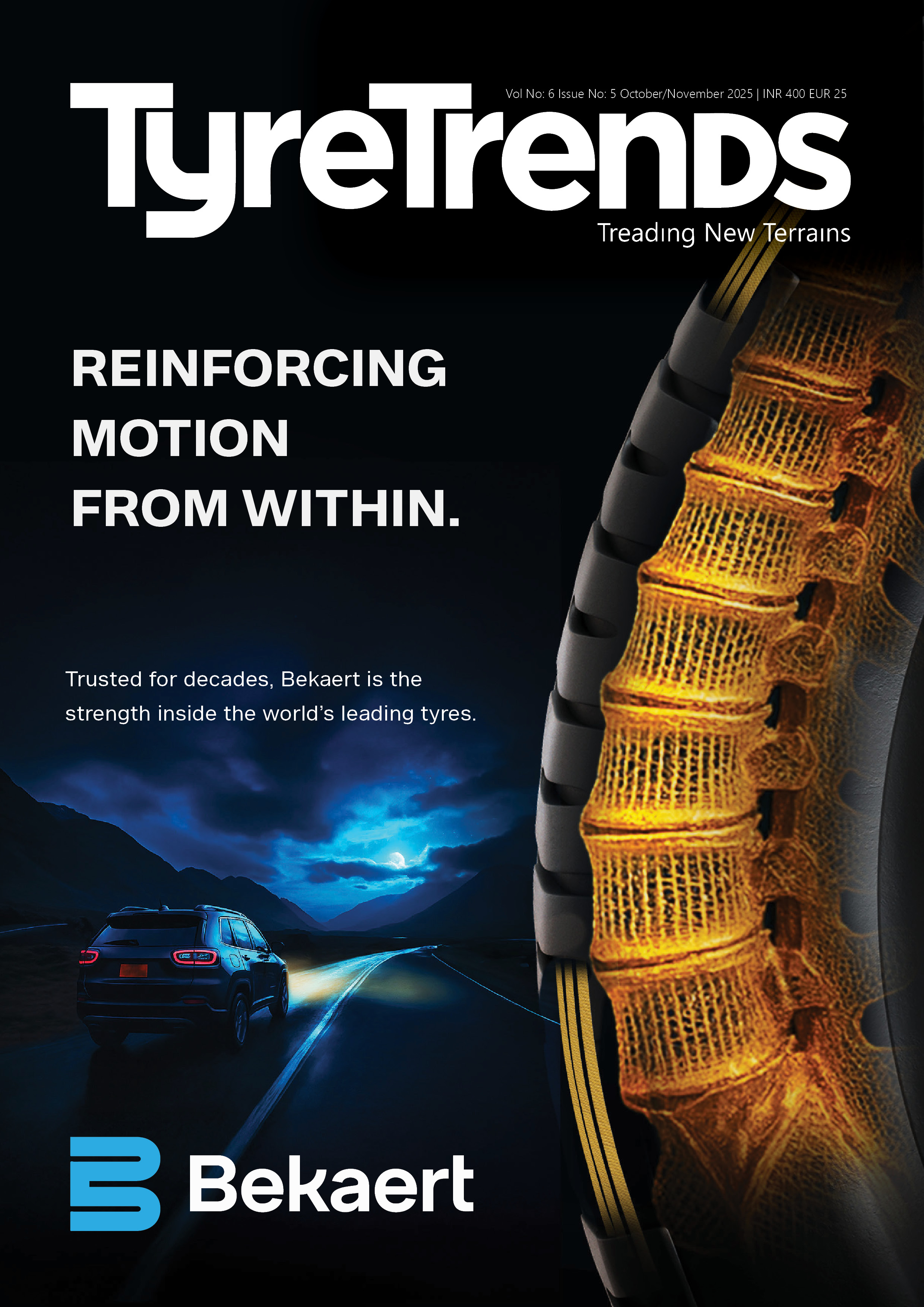


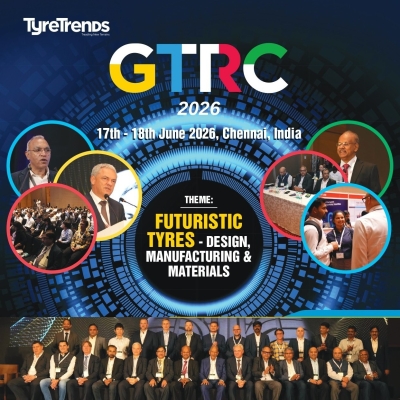
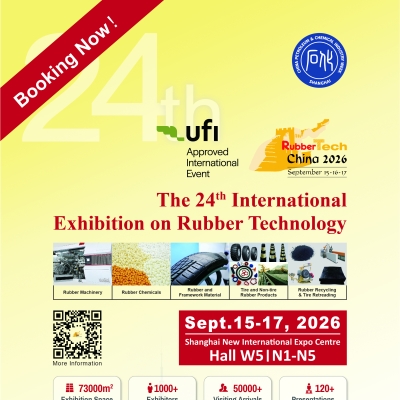
Comments (0)
ADD COMMENT